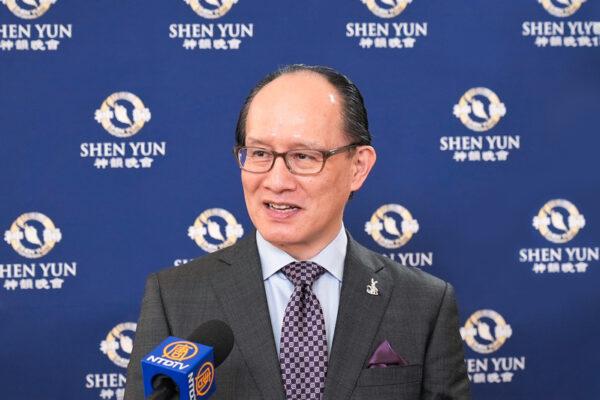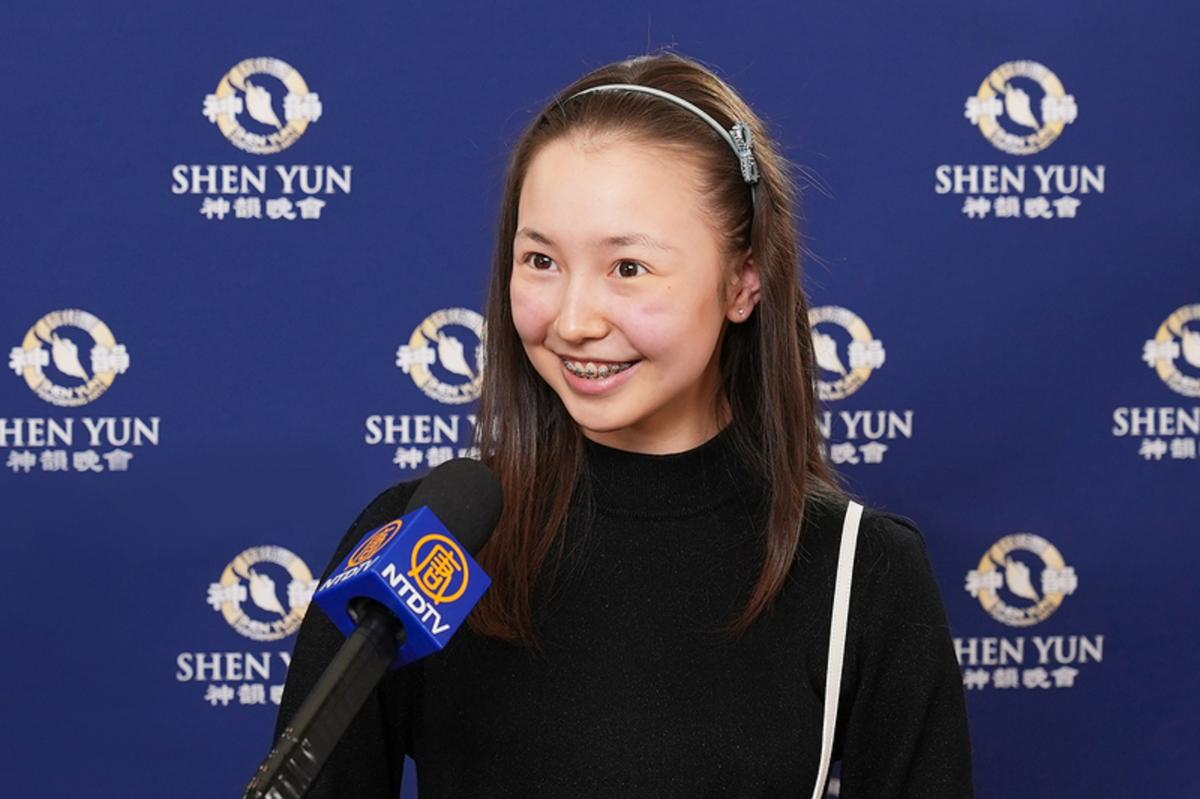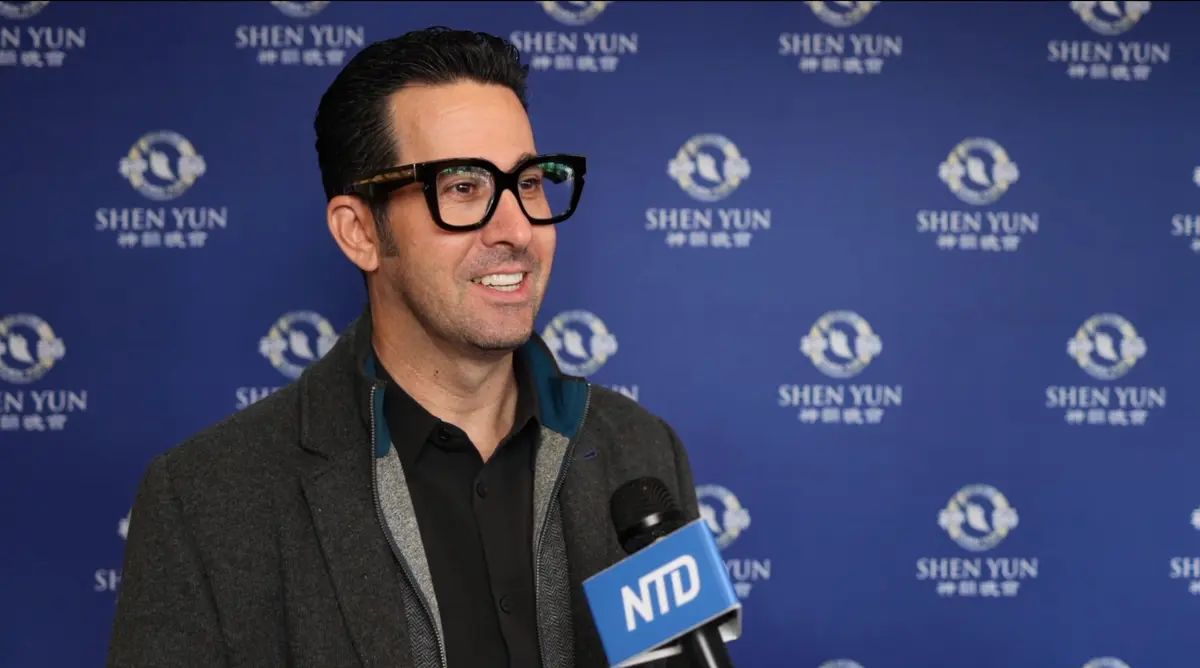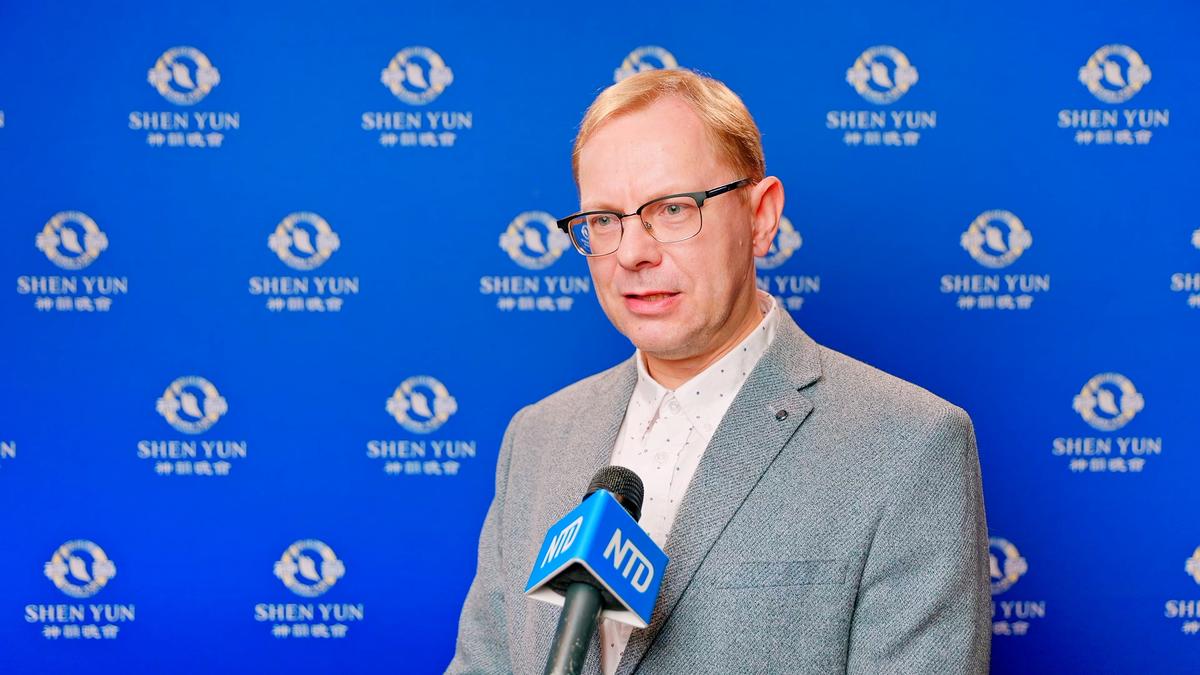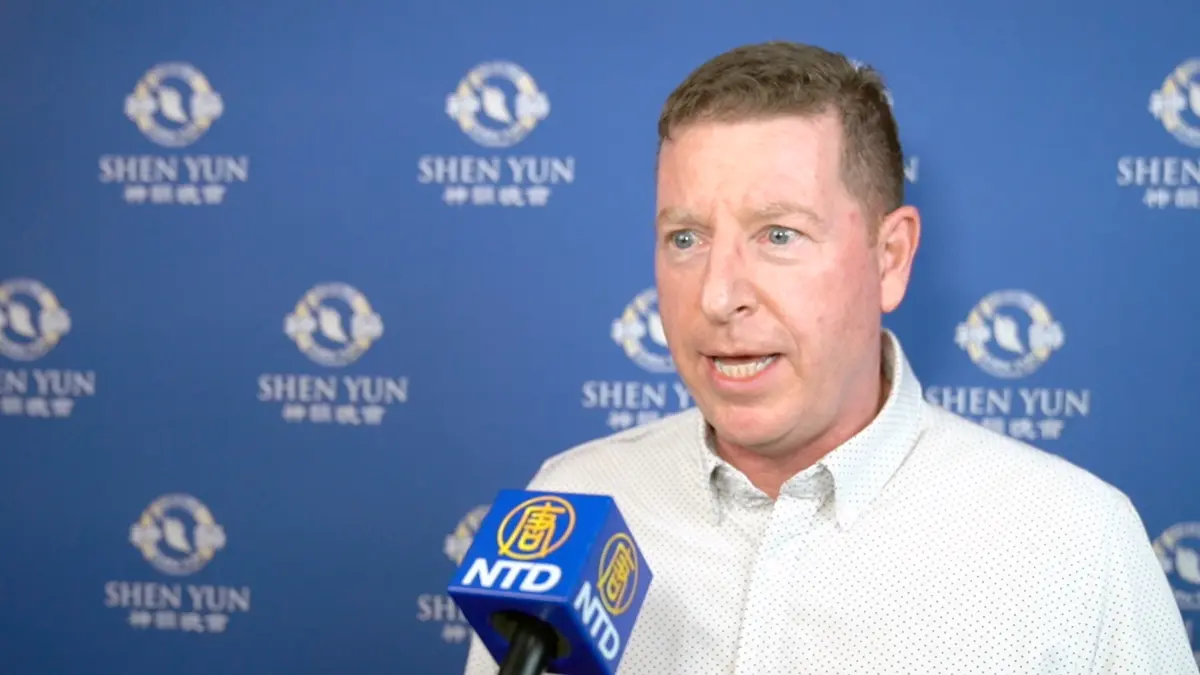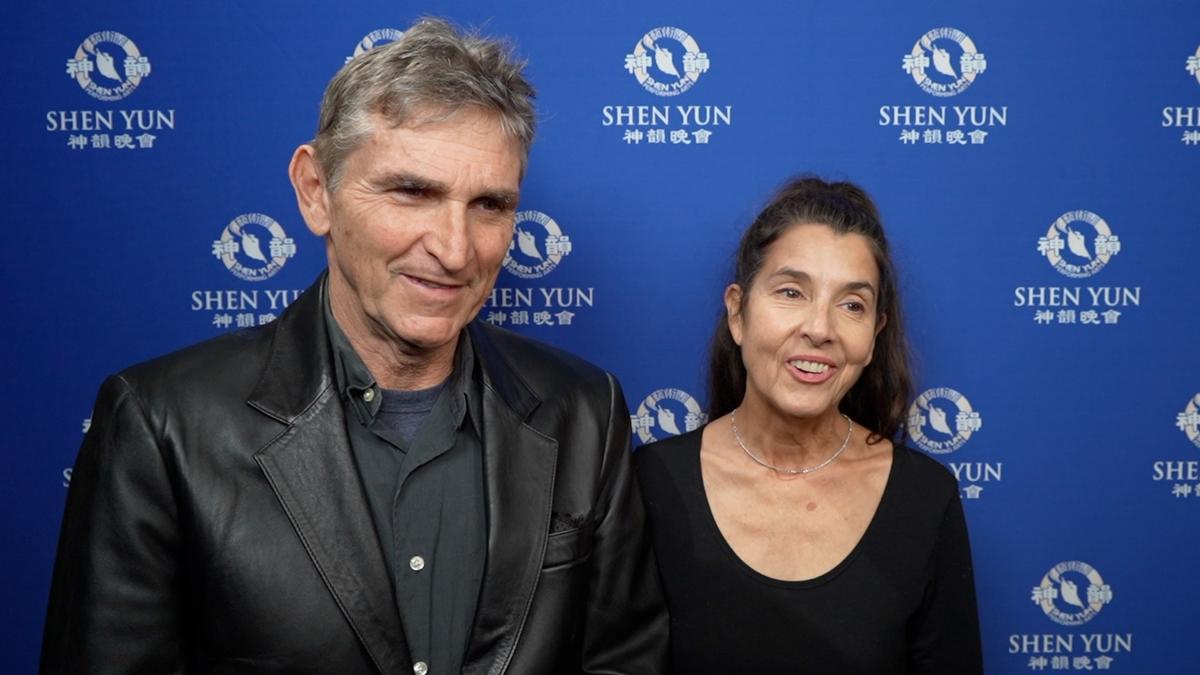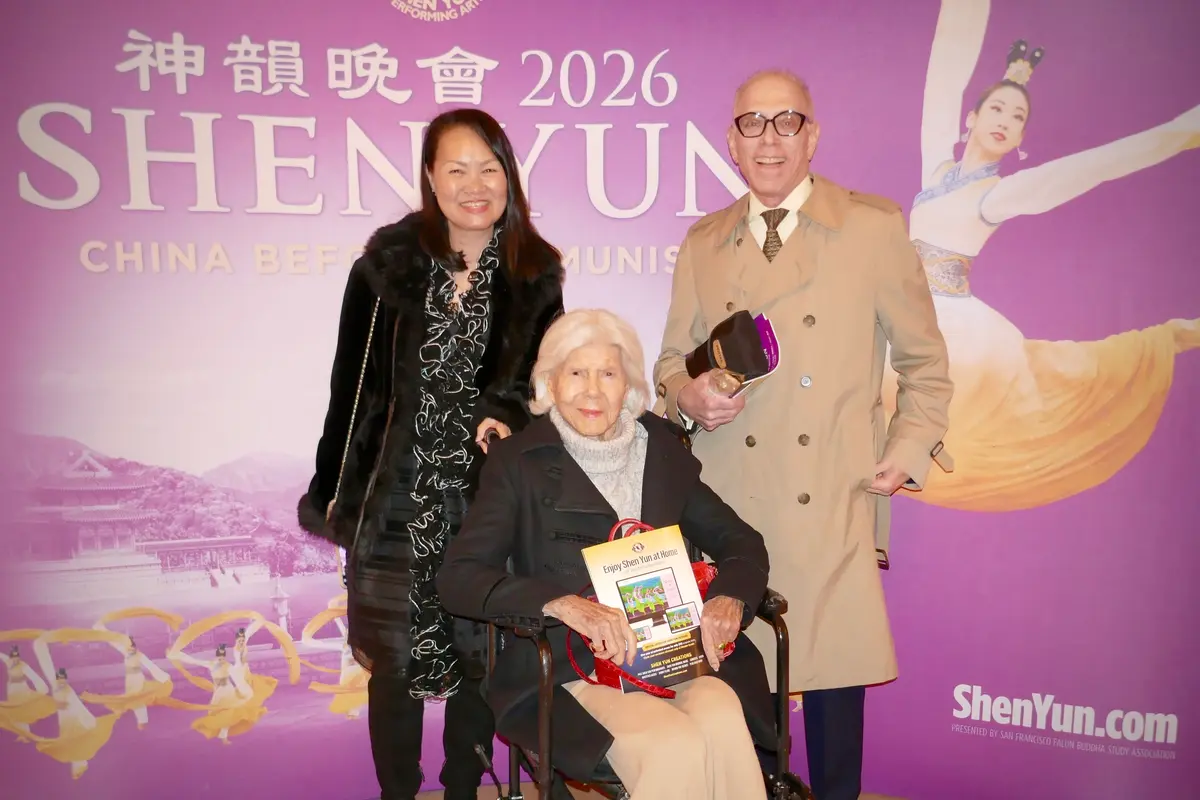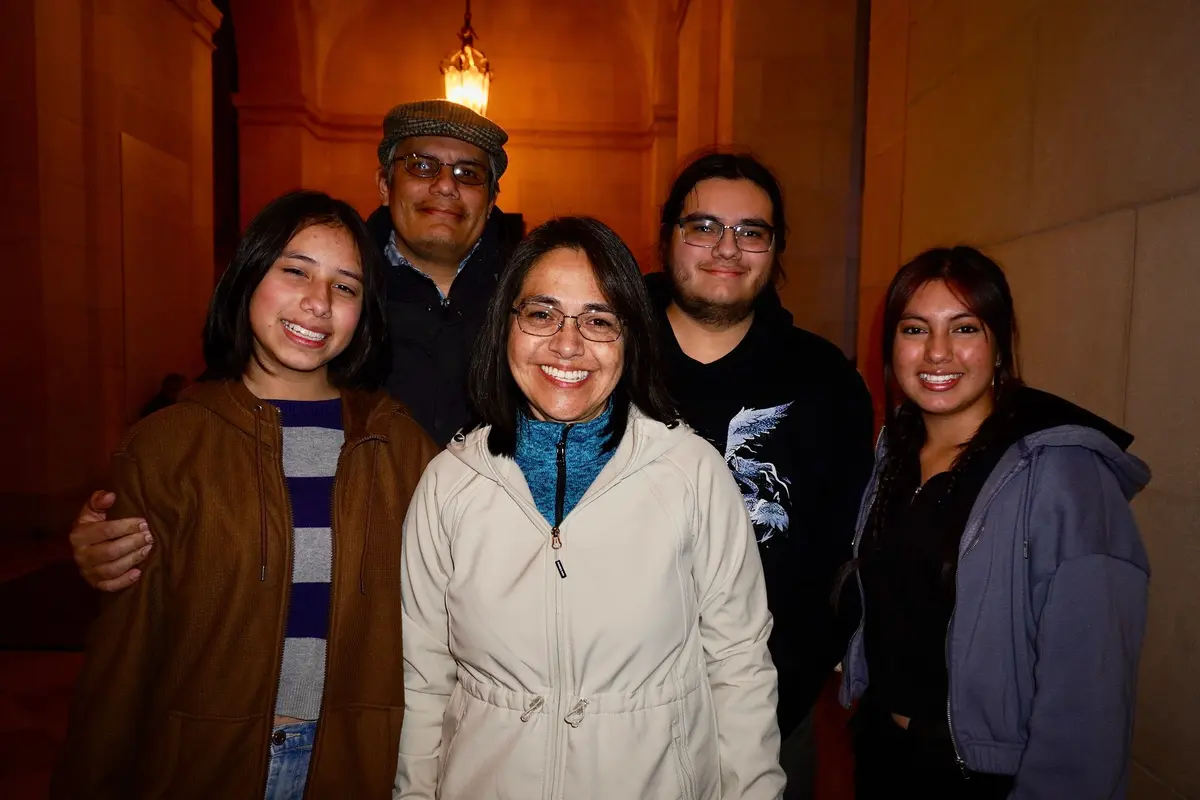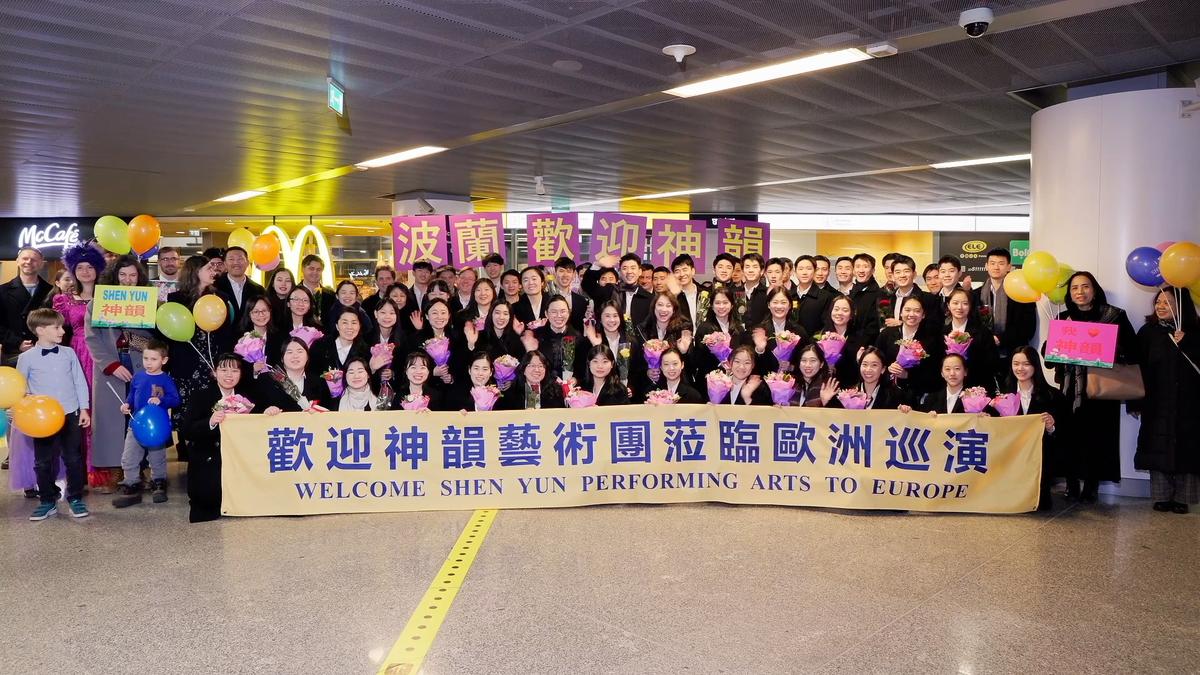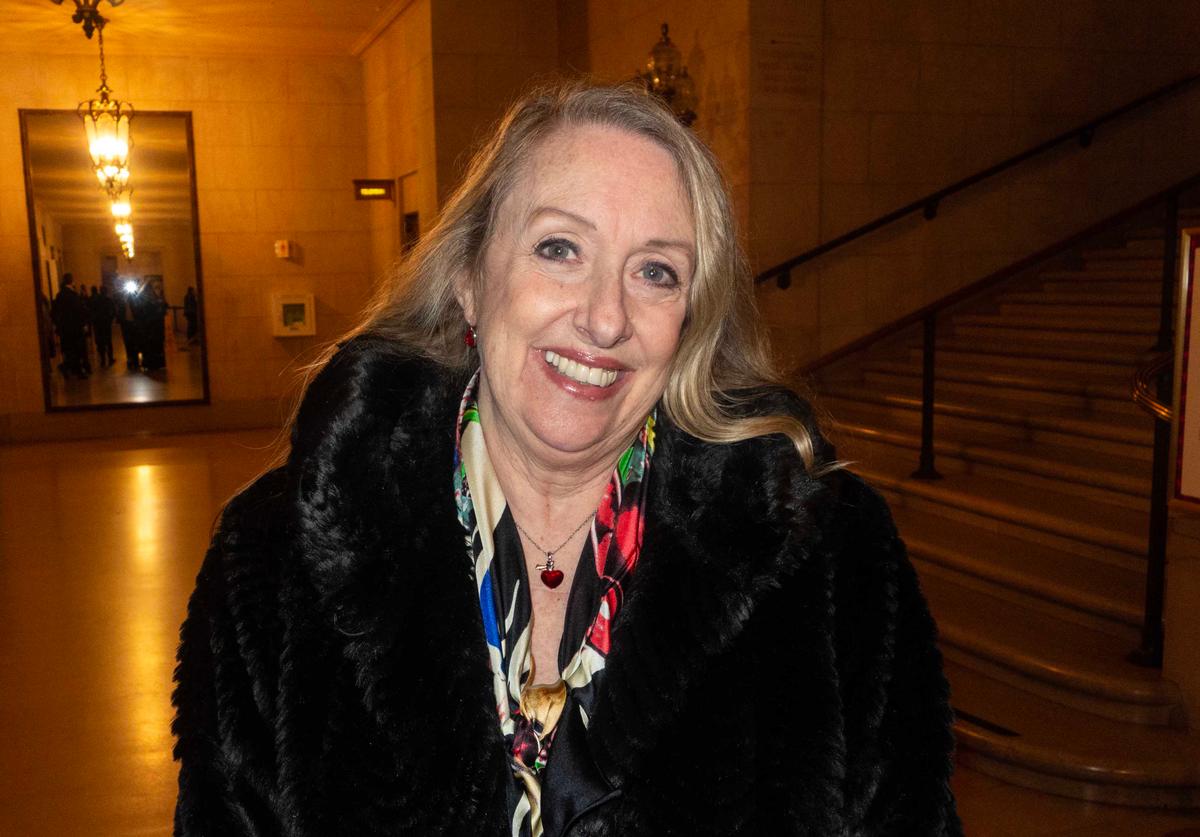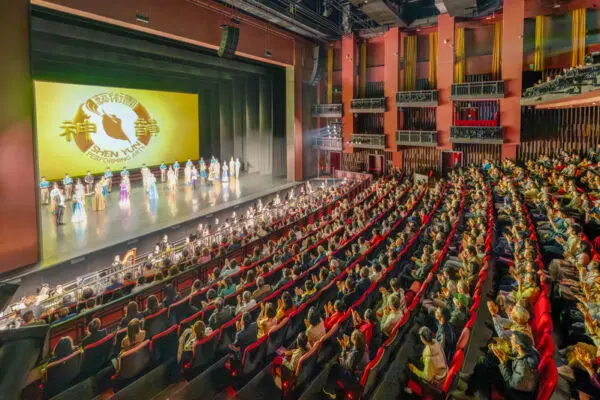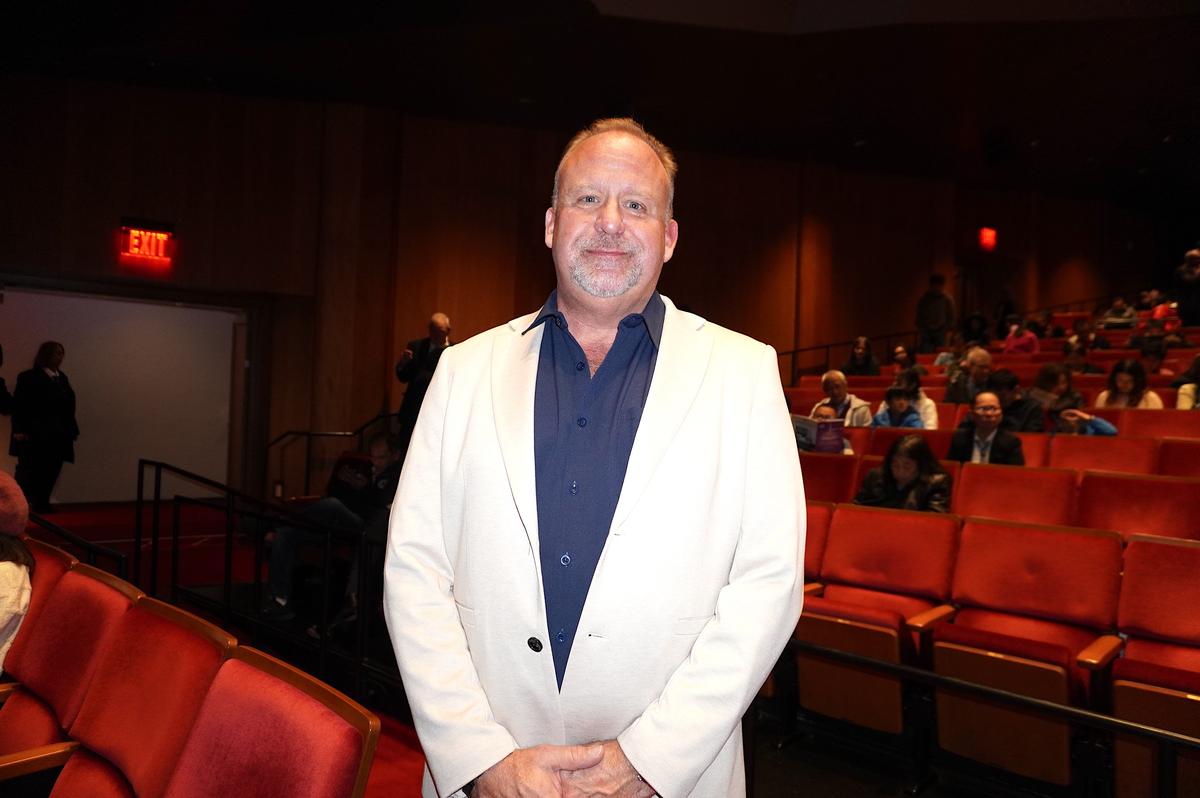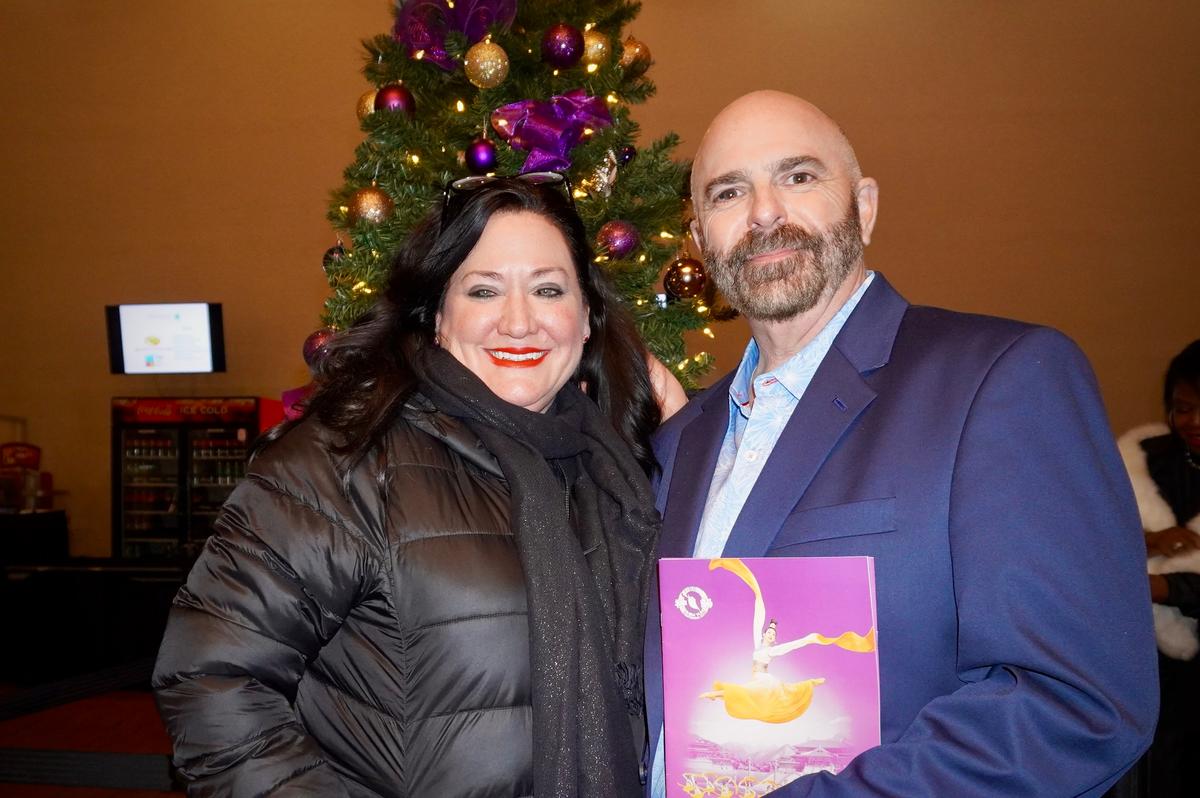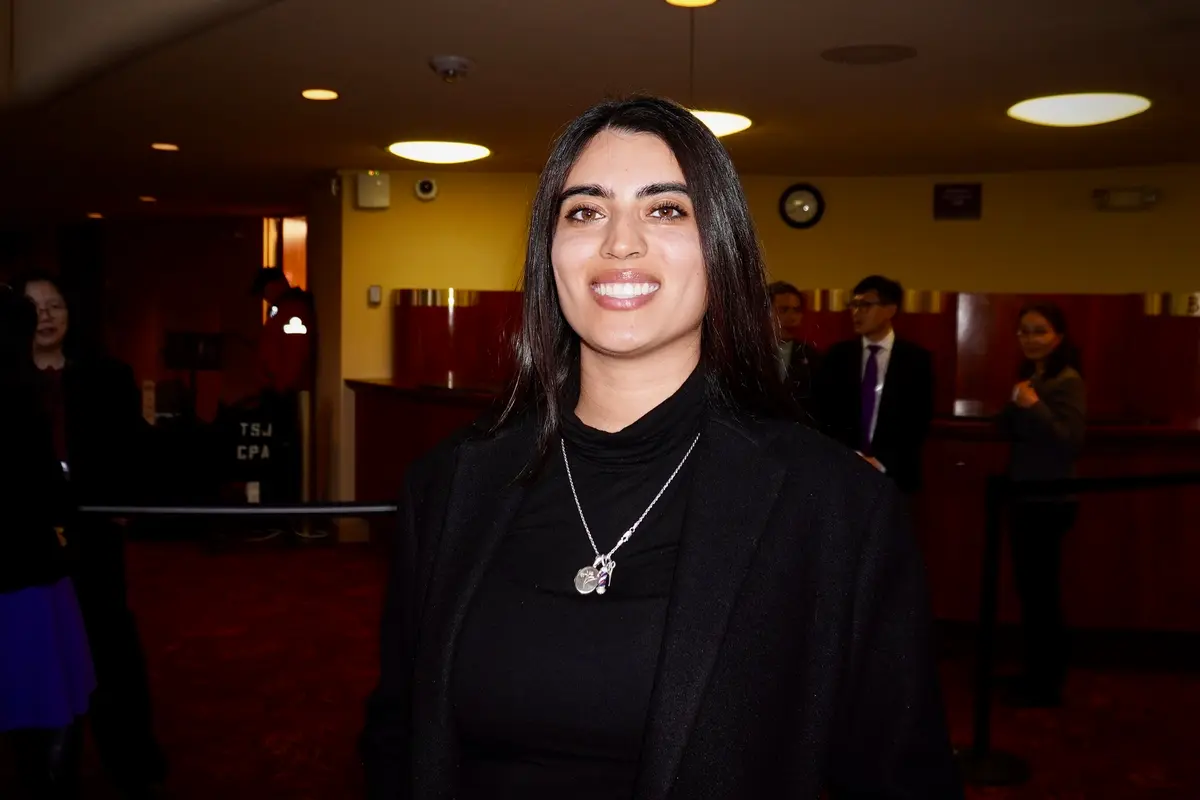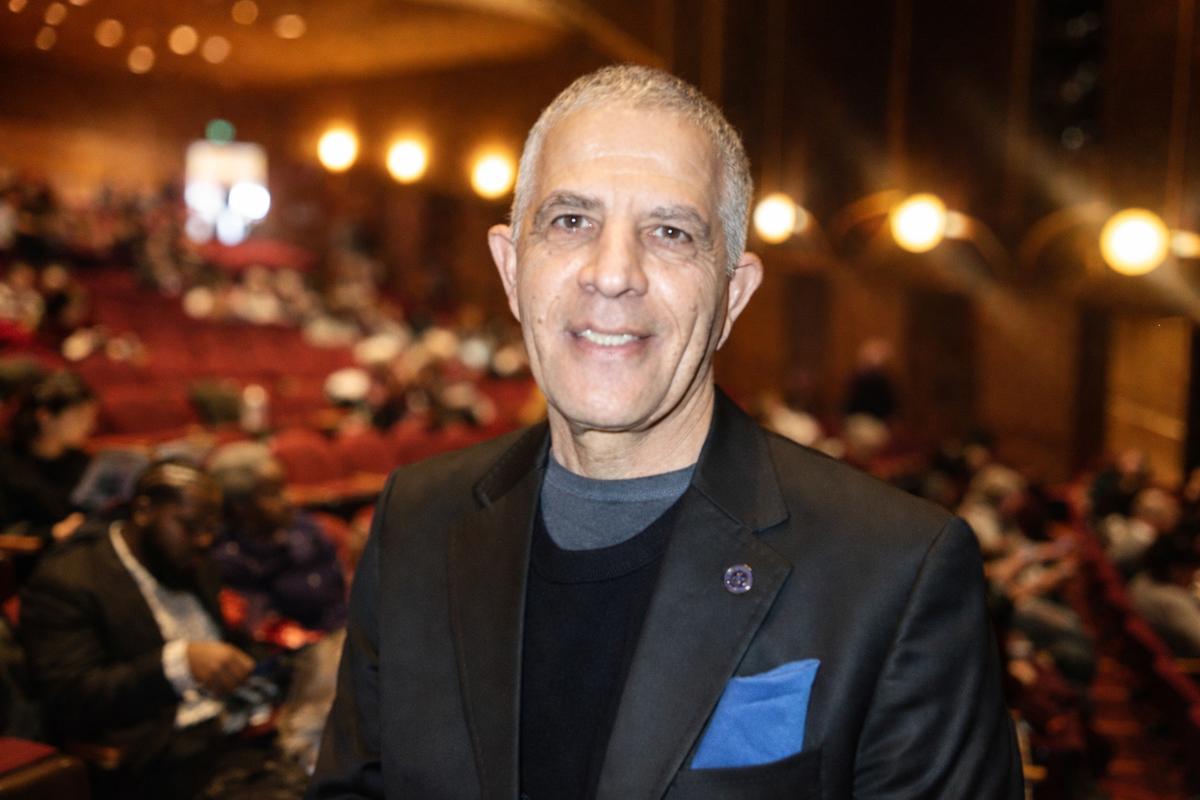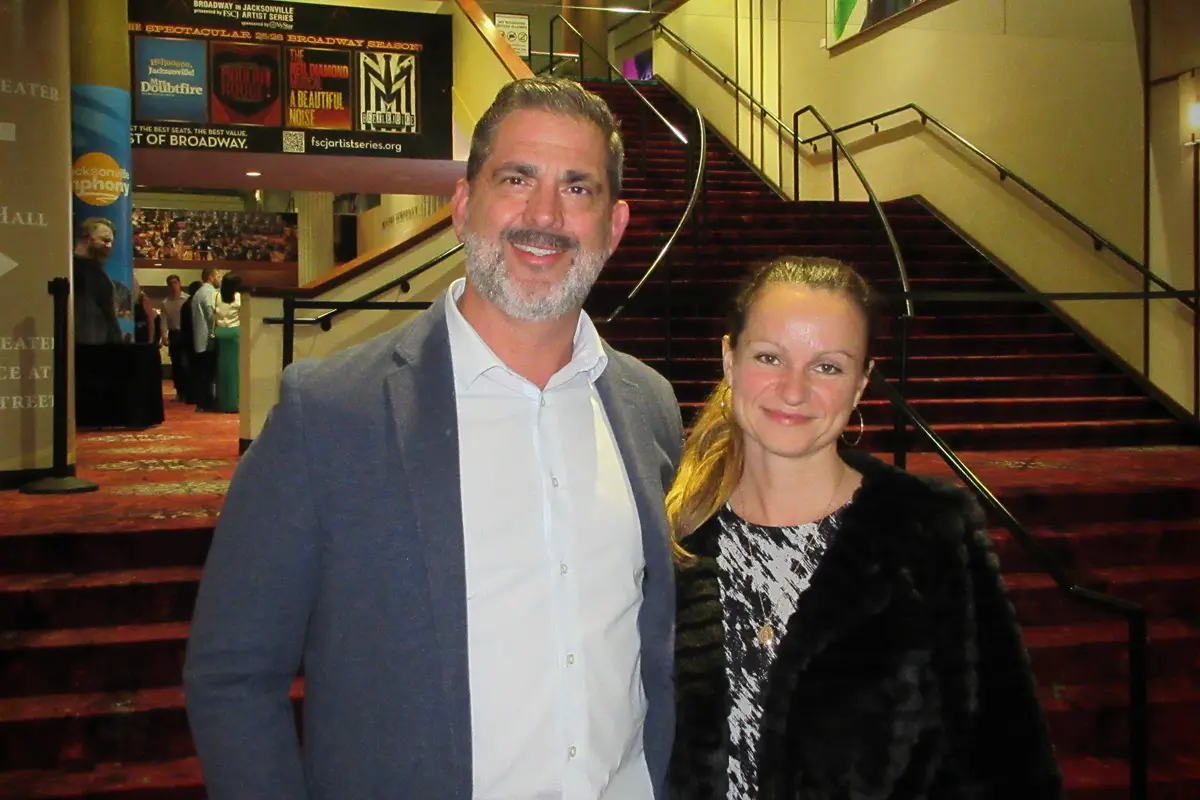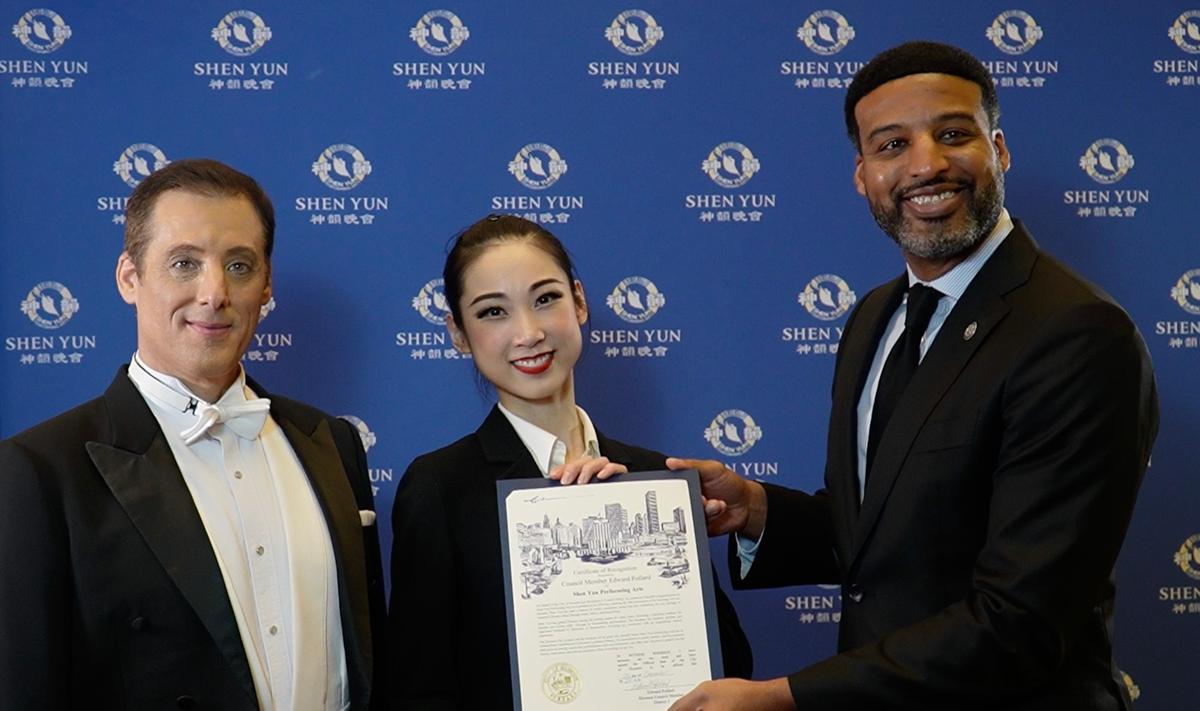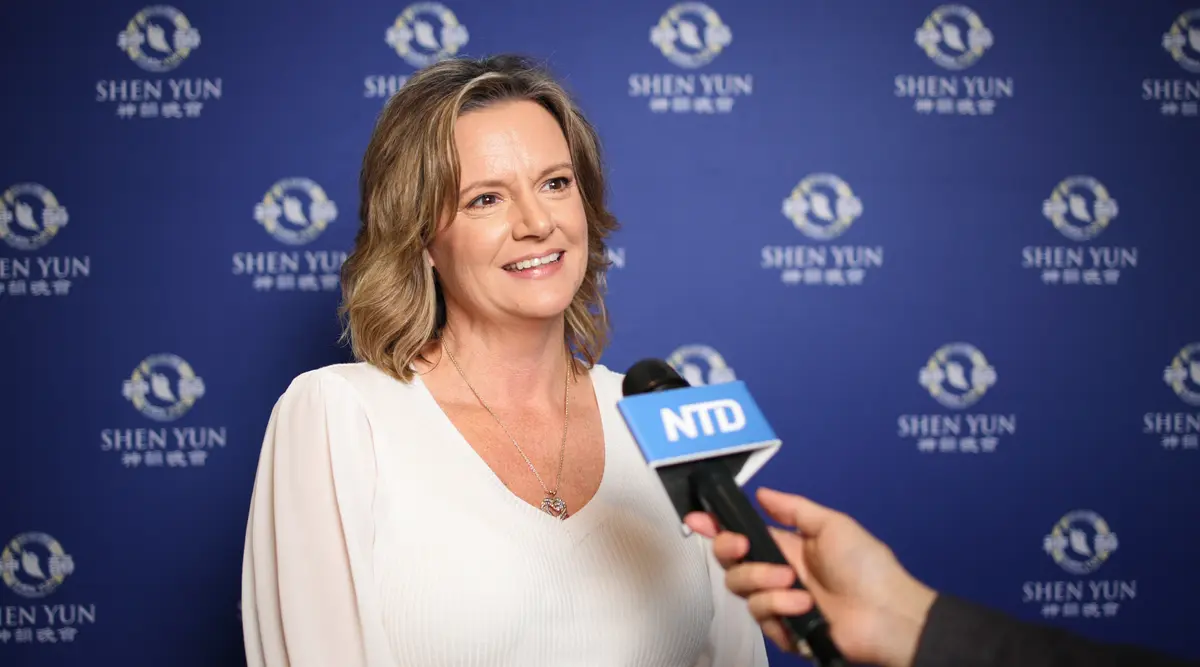“There’s one dance in which the female dancers are like the resurrected heavenly maidens on the lamps in Tōdai-ji in Nara,” said Ms. Asaji Tomoko, a Japanese tea ceremony teacher, on Jan. 28.
Tōdai-ji can be translated into Eastern Great Temple, is the Japanese headquarters of the Kegon school of Buddhism that was built in the 8th century.
“Tea ceremony, Buddhism, and many other things were brought to Japan from China during the Tang Dynasty, then we developed the current Japanese culture. However, while people in the world recognize Japanese culture today, China lost its culture,” she continued.
“Shen Yun is very impressive. I saw the complete culture of the Tang Dynasty in Shen Yun. I love it,” she said. “Shen Yun did a great job. Reviving traditional culture is very important.”
“The female dancers’ movements are like flowing water. They are elegant, soft, graceful, and delightful,” said Ms. Mizutani Arisa, a ballet dancer.
“There’s another thing I want to learn from Shen Yun dancers: their arms and legs looked very long,” she said. Indeed, Shen Yun has obtained an ancient method that makes this possible.
Shen Yun’s classical Chinese dance requires a method of movement that translates in English as “the body leads the hands” and “the hips lead the legs,” which make the arms and legs look longer, as well as making the movements more beautiful and effortless, according to Shen Yun’s website.
Amazing Physical Feats
Mr. Fukuoka Nobuhide is the director of the mechanical and electrical equipment department of the century-old iron and steel enterprise Sugatec. He used to be a soccer player and at the time studied how the human body worked.“This is my first time attending Shen Yun. From the first second, the dancers caught my eyes,” he said. “Their movements are magical and captivating. I want to learn from them.”
“They spin, leap, and flip. They did all these very difficult movements, but their bodies’ axes didn’t move at all,” he said. “They have many turning movements on their hands and arms too. It’s amazing!”
“When I saw the dancers disappear on the stage, they jumped into the backdrop. It’s very interesting and entertaining,” he said. “It made the story-telling more vivid.”
Each Shen Yun performance consists of nearly 20 vignettes, presented through highly-expressive art forms such as classical Chinese dance, original orchestral music performed live, soloists who sing in the bel canto tradition, animated digital backdrops, and more.
‘Gracefully, With Very Rich Expressions’
Mr. Ida Yoshihiro is a doctor and department director of a university-affiliated hospital. He said Shen Yun presented another China, which has values that resonated with his heart.“I only knew today’s China, but Shen Yun presented me with a traditional one. Now I know the values and traditions that we Japanese people cherish are the same ones that existed in ancient China,” he said. “Now I want to know more about traditional China.”
“Their movements are very fluent and beautiful,” he said. “Even in the fast-paced dances in which the movements were very fierce, the dancers weren’t panting. They still performed gracefully with very rich expressions.”
Mr. Ida liked the Tibetan male dance, which was “masculine and valiant. I was excited to watch the dancers. They are brilliant.”
He was amazed by Shen Yun. He said Shen Yun is “majestic” and “combines the effect of movie and performance.”
